From Gujrat to Goddard : Yasir Tufail's journey as NASA's troubleshooter
He worked on James Webb Space Telescope, Landsat and TRMM satellites and received various awards during his career

Born in a small village near Gujrat, Yasir Tufail fell in love with the stars while gazing at dark skies in the absence of artificial light. He moved to the US when he was in Grade 9 and lifted off his career while wearing many hats at NASA.
In 2003, he was shocked and saddened when Space Shuttle Columbia turned into a fireball while re-entering Earth’s atmosphere. All seven crew members died in the tragic incident, including Indian-born US astronaut Kalpana Chawla. The event inspired him to study space exploration.
Tufail then followed the same educational and training pathway as space scientists and astronauts. He earned an Associate Degree in Electrical Engineering in Avionics and BSE and MSE in Astronautical Engineering. During college, his professor offered him a chance to work with the Space Operations Institute, which allowed him to be part of NASA’s Wide-field Infrared Survey Explorer (WISE) mission.
His successful career brought him many awards and honors, including the NASA Landsat-8 Group Achievement Award, JPL WISE Satellite Appreciation Award, and Space Operations Institute Award in 2009, 2010, and 2014 among many others.

PHOTO: YASIR TUFAIL
He worked on the Landsat 8 and TRMM spacecraft, worked on Aqua, Terra, and Aura Earth-observing satellites, engaged in the OFT-2 test mission prior to the manned journey, and did initial work on the CCRS (Capture, Containment, and Return System) for the Mars Sample Return mission as a test leader for its early phases — but it was later cancelled.
He also joined the CODEX program as a project manager and is now working on TIGERISS — the Trans-Iron Galactic Element Recorder for the International Space Station — designed to unveil the source of galactic cosmic rays and to be deployed onboard the ISS in 2027.
But his most challenging role was as an Integration and Testing (I&T) engineer for the Integrated Science Instrument Module (ISIM) onboard the James Webb Space Telescope (JWST). It involved integrating all the instruments, then placing them in ISIM with the OTE (Optical Telescope Element) and the spacecraft bus to test the modules under rigorous and harsh environmental and operational conditions prior to launch.
During his 16-year career at NASA, Tufail devoted almost five years to the rigorous testing of JWST – the largest and most powerful telescope ever built, made from 18 hexagonal mirrors that work in unison as one.
The giant, origami-style unfolding eye can capture the faintest infrared light and reveal images of a very young universe. This makes JWST a time machine, able to catch the faint light from primordial galaxies.
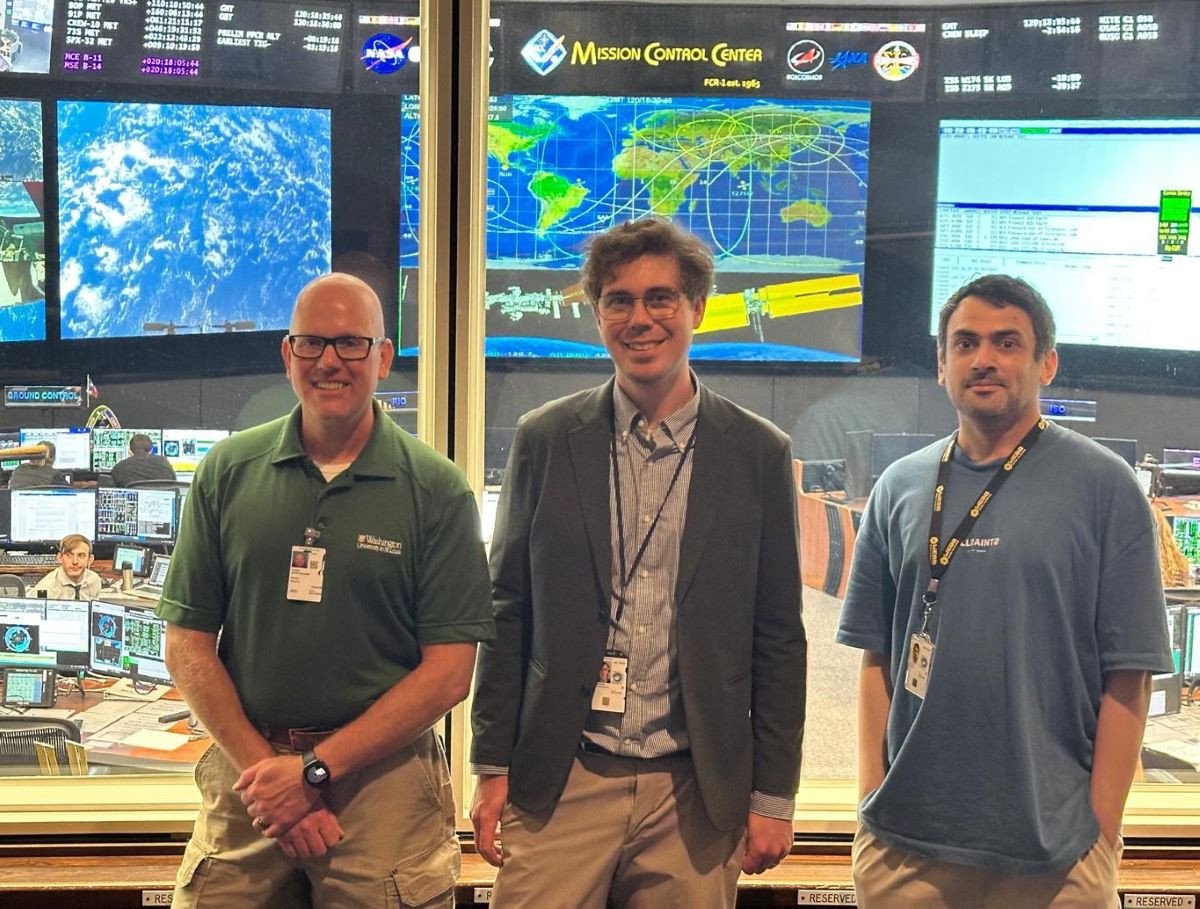
With his team at the Goddard Space Flight Center. PHOTO: YASIR TUFAIL
Even before the launch of JWST, experts counted some 344 single points of failure stemming from its complex design. Even one failure or wrong step would have been enough to doom 30 years of effort worth billions of dollars.
As a senior instrument engineer for the Near Infrared Camera, Tufail also tested the space telescope for thermal, acoustic, and other examinations. For instance, he performed on-ground vibration tests on the telescope, mimicking rocket vibrations during real flight.
To check its resilience at –233°C at the distant Lagrange Point 2 (L2) — an orbit about 1.5 million km from Earth — his team placed the whole module in nitrogen and helium tanks at –387.67°F, temperatures cold beyond imagination. Similarly, JWST modules were also tested for extremely hot environments common beyond our blue planet.
Recalling one of his many “Eureka” moments, Tufail told The Express Tribune that aligning the James Webb Space Telescope’s 18 mirrors into one was a challenge.
“We pointed the mirror to a star, but it was showing 18 images instead of one single star, as each mirror was acting like its own separate telescope. To correct this anomaly in optics, we used the wavefront sensing method. After much effort, we finally managed to align all mirrors into one unified mirror. We breathed a sigh of relief as all mirrors showed one star. The project manager took the printout for us to sign.”
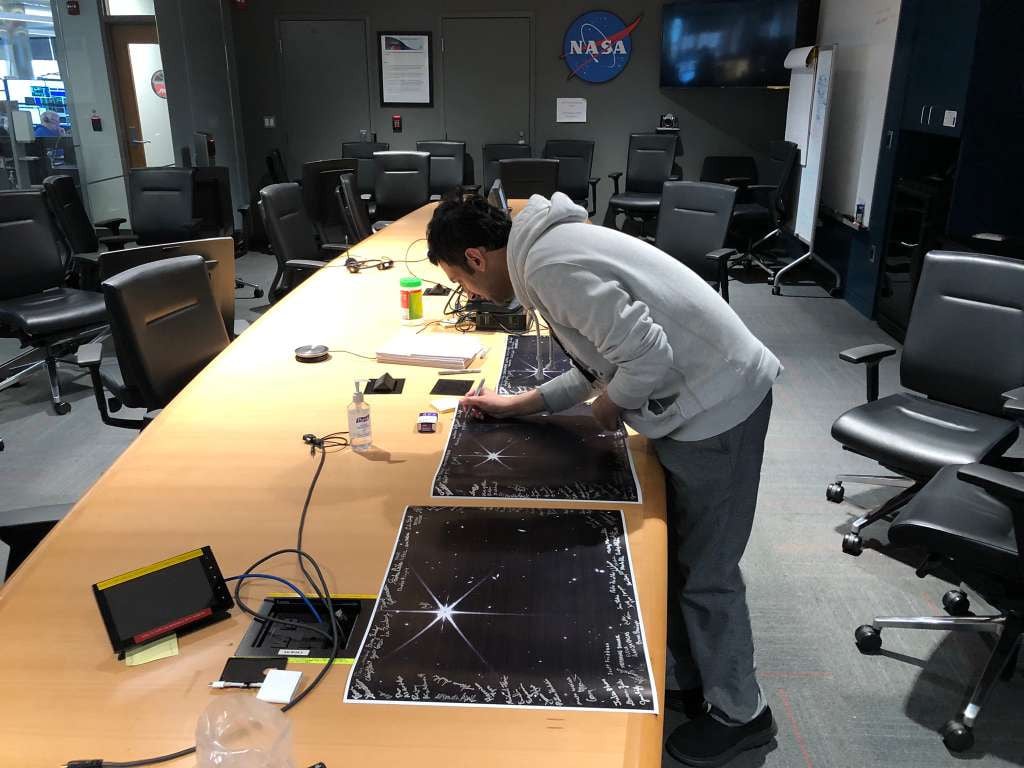
Signing the image from James Webb Space Telescope. PHOTO: YASIR TUFAIL
Cosmic time machine
Scientists chose to place the telescope in orbit around the second Lagrange point (L2), allowing it to remain fixed relative to Earth and the Sun. This way, the telescope, solar panels, and sunshield always face the same direction, giving it a wider and clearer view of the sky through infrared light.
Another reason for the L2 point is to achieve passive cooling because infrared detectors only work in very cold environments. Though an active cooling system for the sensors was not needed, the telescope also holds a cryocooler, which provides extra cooling for its sensitive Mid-Infrared Instrument (MIRI).
After completing five years in testing, Tufail also worked as a Flight Dynamics Liaison Officer between two very important teams — Flight Dynamics and Mission Operations — to ensure that JWST would reach its final position in L2 orbit. He continued supporting the team during multiple launch rehearsals. On the other hand, he also performed the role of an “ISIM Simulator Engineer.”
On January 25, 2022, the 18 gold-plated parts of its mirror unfurled like a cosmic flower as the mission was accomplished. Suspended in orbit, the telescope amazed the world with new data and images from the primordial universe — the birth of young stars in the Eagle Nebula nursery, remnants of Cassiopeia A, and supernova dust as the building blocks of new stars.
It also discovered 40 planet-sized pairs called JuMBOs in the Orion Nebula — objects so strange they challenge current ideas about how stars and planets form — and detected methane, carbon dioxide, and dimethyl sulfide on a rocky planet dubbed K2-18b.
Above all, it captured snapshots of the early universe, formed just a few hundred million years after the Big Bang. JWST also took stunning images of our own solar system, such as the bright auroras of Jupiter and the rings around Neptune.

The orange, yellow, and blue image shows interstellar hydrogen clouds in N79, a 1,630-light-year-wide nebula in the Large Magellanic Cloud — a satellite galaxy of the Milky Way. This active star-forming region remains largely unexplored. PHOTO: NASA
Apart from government-funded space initiatives, Tufail also worked for the Commercial Crew Program (CCP), launched by NASA for safe and reliable human transportation to the ISS in partnership with US companies.
He also contributed to many manned and test missions to send astronauts into space, particularly working on the OFT-2 test flight prior to the astronauts’ launch mission, which brought home two NASA astronauts — Butch Wilmore and Suni Williams — who remain on the ISS for an extraordinary period. In particular, he worked on the very important OFT-2 (Orbital Flight Test-2), Boeing's second uncrewed test flight of its Starliner spacecraft to the International Space Station (ISS).
Passion to serve Pakistan
Yasir Tufail urged Pakistani youth to adopt STEM education instead of wasting time online. Last year, he lectured at LUMS and NUST, where young minds flocked to hear about his journey towards NASA. “But my focus is to reach out to rural areas, and even if I find a single student with talent, it would be great,” he told The Express Tribune.
As a project manager and deputy portfolio manager at NASA, he also urged youngsters to realise that space technologies are not confined to NASA, as there are many international venues to work. “It’s important to think about what you are offering to the world at the frontier of space science and technology — think about troubleshooting aspects as well,” he said.
“For instance, low Earth orbit (LEO) is stuffed with space junk, as countless defunct satellites hover around the planet. Pieces of destroyed rockets and satellites also collide and multiply near Earth. If you have any good solution, do this research in your universities, write a paper on it, and hopefully several agencies will call you. On top of that, any scientific research that aligns with space science or theory is also a good place to start,” he advised.



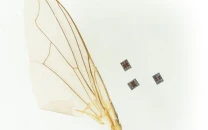



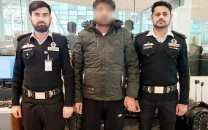
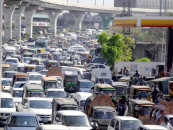

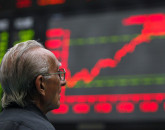
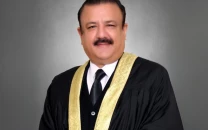
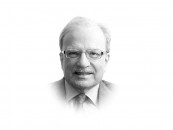


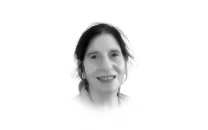
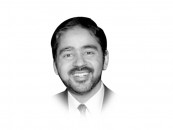

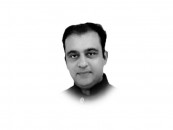
COMMENTS
Comments are moderated and generally will be posted if they are on-topic and not abusive.
For more information, please see our Comments FAQ